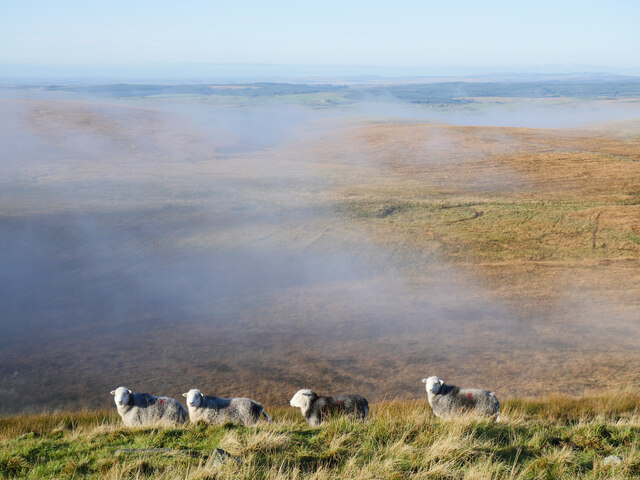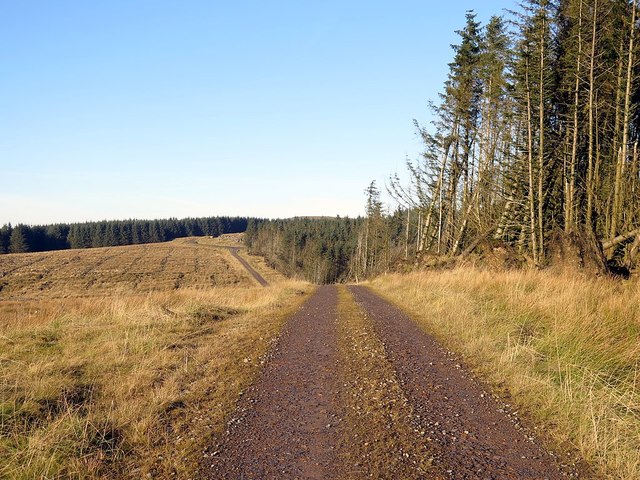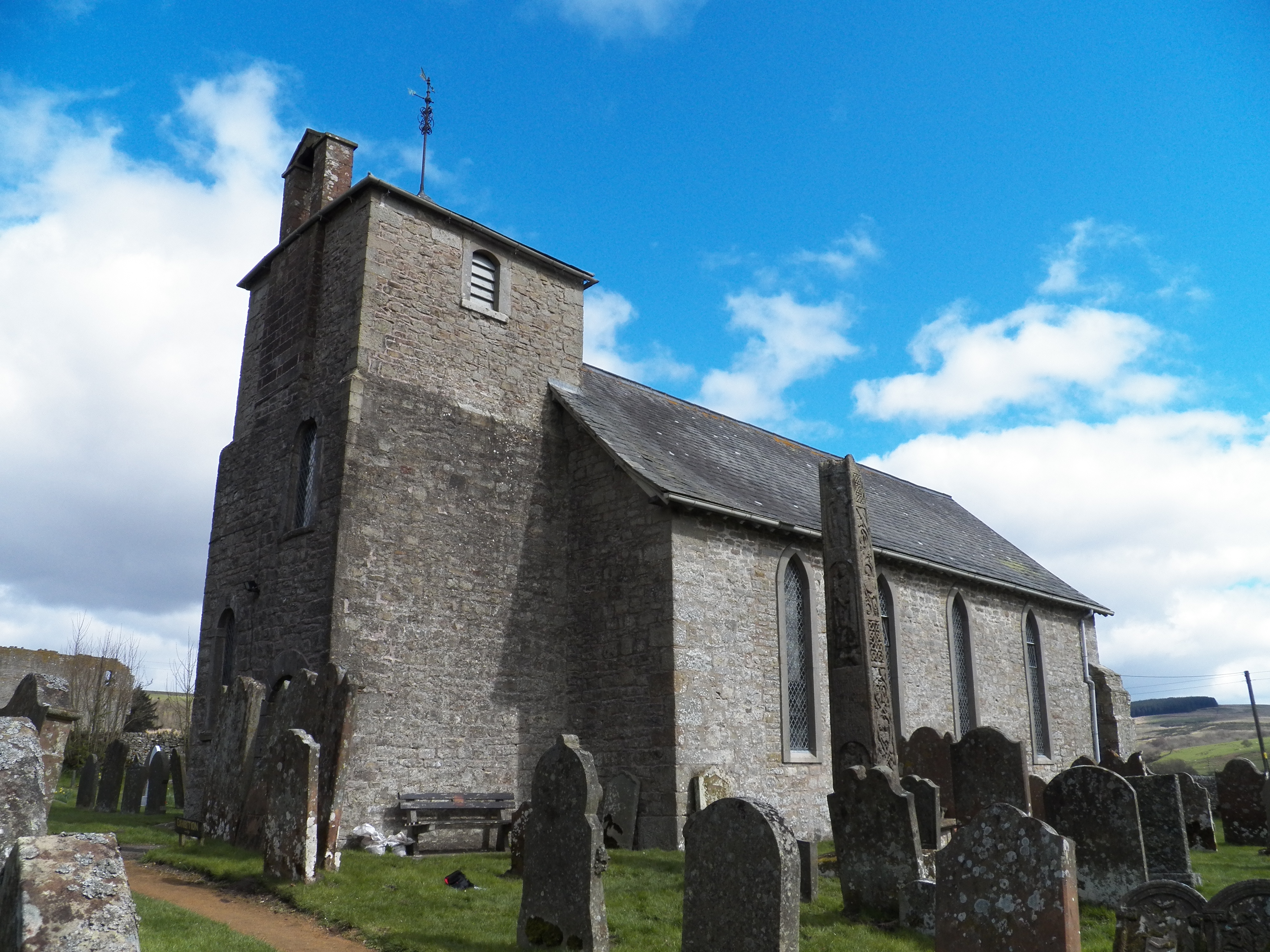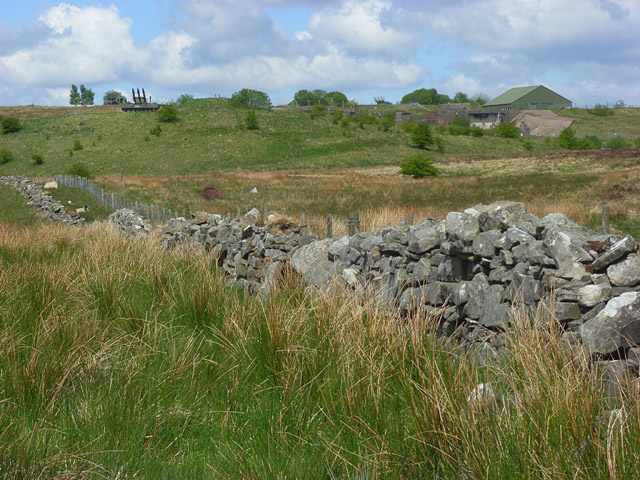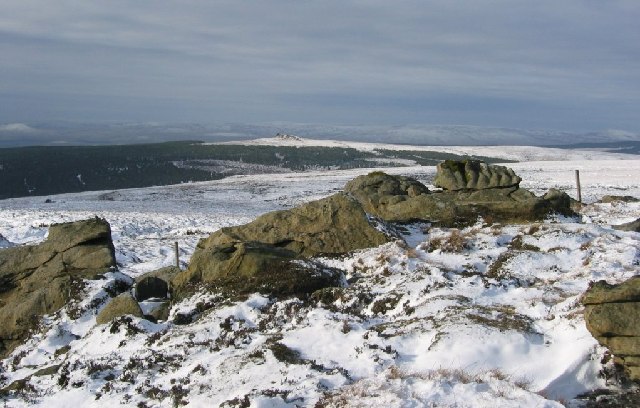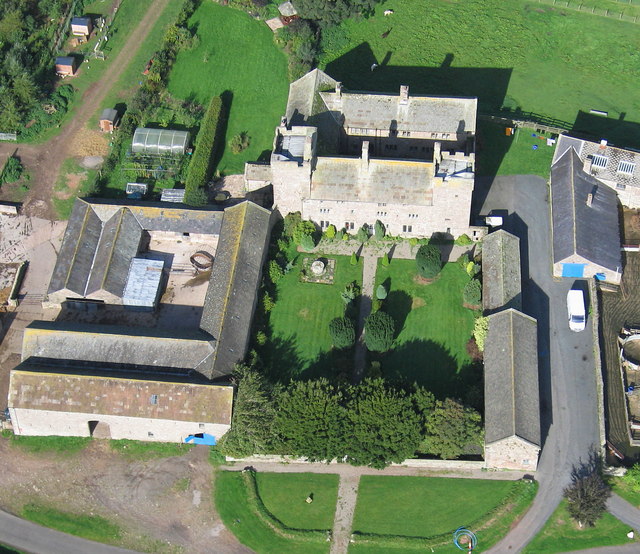Barron's Pike
Hill, Mountain in Cumberland Carlisle
England
Barron's Pike

Barron's Pike, located in Cumberland, is a prominent hill/mountain that boasts stunning natural beauty and offers breathtaking panoramic views of the surrounding landscape. Rising to an elevation of approximately [insert height], it is a popular destination for outdoor enthusiasts, hikers, and nature lovers.
Covered in dense forests and lush vegetation, Barron's Pike is home to a diverse range of flora and fauna, including various species of trees, wildflowers, and small mammals. The hill/mountain provides a habitat for many bird species, making it a haven for birdwatchers.
The hiking trails that wind their way up Barron's Pike are well-maintained and offer different levels of difficulty, catering to both experienced hikers and beginners. The ascent to the summit is challenging but rewarding, with the reward being an awe-inspiring view of the Cumberland region. On a clear day, visitors can see for miles, taking in the rolling hills, meandering rivers, and distant peaks.
The area surrounding Barron's Pike also offers opportunities for other outdoor activities such as camping, picnicking, and photography. The peaceful and tranquil atmosphere provides a perfect escape from the hustle and bustle of everyday life.
Access to Barron's Pike is typically via a designated parking area, from where visitors can follow well-marked trails. It is important to note that proper hiking gear and adequate preparation are essential when venturing onto the hill/mountain to ensure a safe and enjoyable experience.
Overall, Barron's Pike in Cumberland is a natural gem that offers both recreational and aesthetic value, making it a must-visit destination for those seeking an immersive experience in nature.
If you have any feedback on the listing, please let us know in the comments section below.
Barron's Pike Images
Images are sourced within 2km of 55.069251/-2.6343602 or Grid Reference NY5975. Thanks to Geograph Open Source API. All images are credited.






Barron's Pike is located at Grid Ref: NY5975 (Lat: 55.069251, Lng: -2.6343602)
Administrative County: Cumbria
District: Carlisle
Police Authority: Cumbria
What 3 Words
///commutes.rips.invented. Near Greenhead, Northumberland
Nearby Locations
Related Wikis
Bewcastle Castle
Bewcastle Castle is a ruined castle in the parish of Bewcastle in the English county of Cumbria, a few miles from the Scottish border. == History == The...
Bewcastle Cross
The Bewcastle Cross is an Anglo-Saxon cross which is still in its original position within the churchyard of St Cuthbert's church at Bewcastle, in the...
Bewcastle
Bewcastle is a large civil parish in the Cumberland unitary authority area of Cumbria, England. It is in the historic county of Cumberland. According to...
Bewcastle Roman Fort
Bewcastle Roman Fort was built to the north of Hadrian's Wall as an outpost fort possibly intended for scouting and intelligence. The remains of the fort...
Kingwater
Kingwater is a civil parish in City of Carlisle district, Cumbria, England. At the 2011 census it had a population of 170.The parish is bordered to the...
RAF Spadeadam
RAF Spadeadam (pronounced "Spade Adam") (IATA: N/A, ICAO: EGOM) is a Royal Air Force (RAF) station in Cumbria, England, close to the border with Northumberland...
Sighty Crag
Sighty Crag is a hill in the southern part of the Kielder Forest region in northern England, a region which also includes its fellow Marilyns of Peel Fell...
Askerton
Askerton is a civil parish in the City of Carlisle district of Cumbria, England. It has a population of 162 according to the 2001 census, decreasing to...
Nearby Amenities
Located within 500m of 55.069251,-2.6343602Have you been to Barron's Pike?
Leave your review of Barron's Pike below (or comments, questions and feedback).

